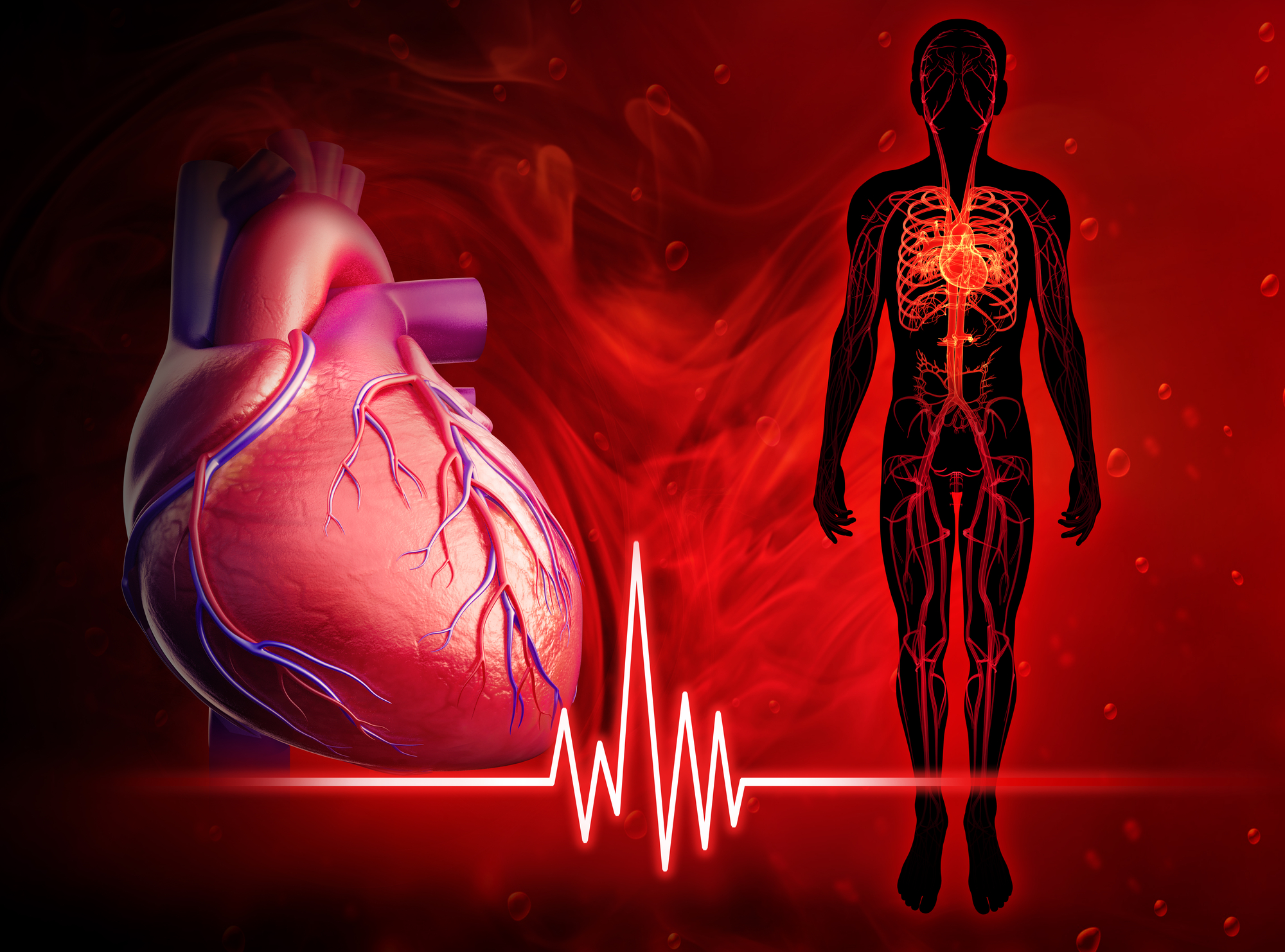20 Interesting Facts About the Human Heart
03 January 2020

- It is the size of a large fist.
- Weighs between 9 and 12 ounces (250 and 350 grams).
- Beats about 100,000 times per day (about three billion beats in a lifetime).
- Beats about 60 to 80 times per minute.
- Newborns hearts beat faster than adult hearts,
- Pumps about 6 quarts (5.7 litres) of blood throughout the body.
- Located in the center of the chest.
- Located in your chest and protected by rib cage.
- Creates enough energy to drive a truck 20 miles.
- Has its own electrical impulse,
- The “thump-thump” is the sound made by the four valves of the heart closing.
- Begins beating at four weeks after conception .
- Women’s heart typically beats faster than a man’s. .
- Hheart will pump nearly 1.5 million barrels of blood in lifetime.
- French physician Rene Laennec invented the stethooscope when he felt it was inappropriate to place his ear on female patients' chests.
- Physiologist Willem Einthoven (18invented the electrocardiograph, .
- Werner Forssmann (1904-1979) examined his own heart by threading a catheter into his arm vein and pushing it his heart, inventing cardiac catheterization
- Dr. Christiaan Barnard transplant a human heart into the body of Louis Washansky. Although the recipient lived only 18 days, it is considered the first successful heart transplanted.
- “Atrium” is Latin for “entrance hall,” and “ventricle” is Latin for “little belly”.
References
- Avraham, Regina. 2000. The Circulatory System. Philadelphia, PA: Chelsea House Publishers.
- Chilnick, Lawrence. 2008. Heart Disease: An Essential Guide for the Newly Diagnosed. Philadelphia, PA: Perseus Books Group.
- Daniels, Patricia, et. al. 2007. Body: The Complete Human. Washington, D.C.: National Geographic Society.
- Davis, Goode P., et. al. 1981. The Heart: The Living Pump. Washington D.C.: U.S. News Books.
- The Heart and Circulatory System. 2000. Pleasantville, NY: The Reader’s Digest Association, Inc.
- Parramon’s Editorial Team. 2005. Essential Atlas of Physiology. Hauppauge, NY: Barron’s Educational Series, Inc.
- Tsiaras, Alexander. 2005. The InVision Guide to a Healthy Heart. New York, NY: HarperCollins Publishers.
Tags: heart






